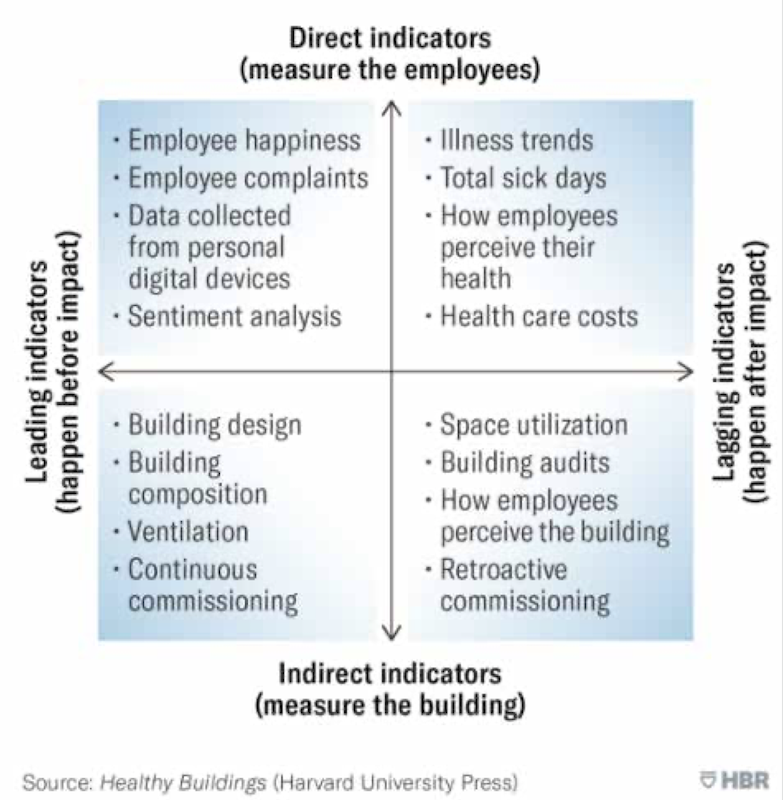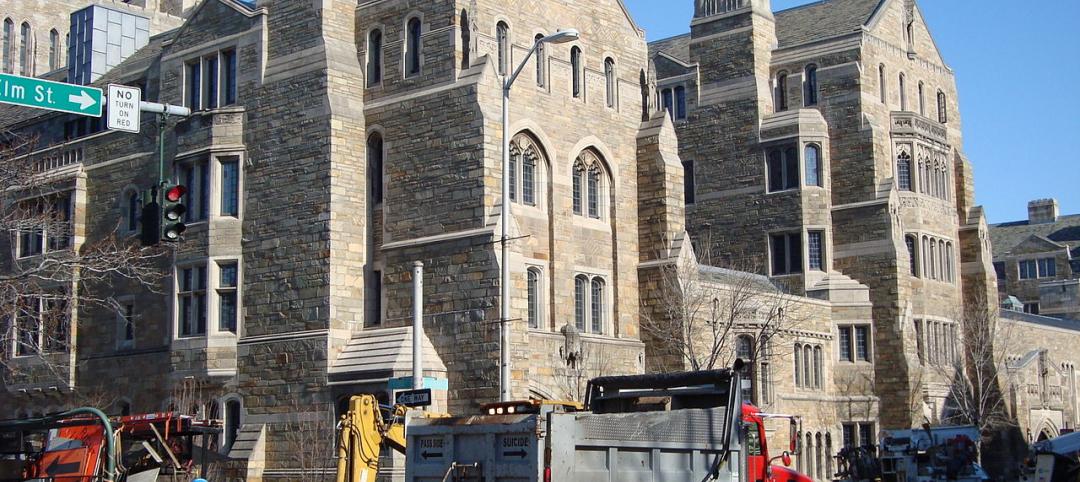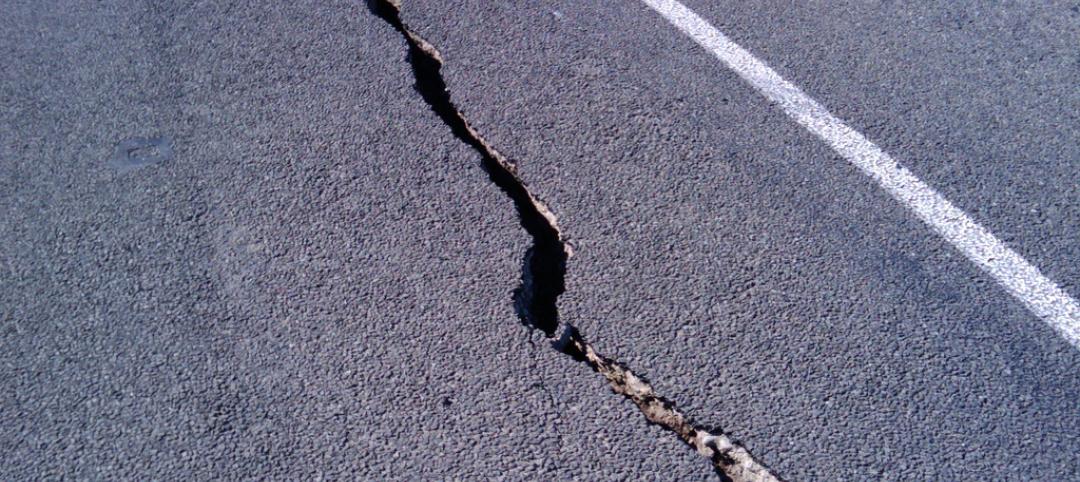Making buildings healthier—through research, code changes, and incentives—is what the National Institute of Building Sciences (NIBS) recommends in its eight-page 2020 Moving Forward Report that the Institute’s Consultative Council of building community leaders has just published.
The report posits that Americans spend 90% of their time indoors, on average, a dynamic that was complicated by the COVID-19 virus. Ensuring that spaces where people work and live are healthy “should be seen as a fundamental pillar of public health and community resilience,” the report states.
The paper focuses on three components of healthy buildings:
•Indoor environmental quality
•Designs that promote health
•The transfer of knowledge between building owners and public health officials
The indoor environment presents unique risks to building occupants, and varies greatly by building type, operations, and location. The report cites studies that show harmful contaminants present indoors at concentrations two to five times higher than outdoors. A recent study of 3,000 people across 40 buildings, by the Centers for Disease Control and Prevention, found that 57% of sickness can be attributed to poor ventilation.
The pandemic accentuated the need for “clean, properly ventilated, and well-filtered air [as] critical to health occupants at all times.”
The report went on to say that “healthy buildings are a critical component of our national infrastructure, and should be intricately entwined with the concepts of resilience and social equity, both on a building by building basis and in the surrounding community. Building owners and public health officials should work with planners, architects, and designers to ensure that sound practices in building design and resilience are core components of community development.”
INVESTING IN AMERICA’S FUTURE HEALTH

Harvard Business Review recently published this grid of how healthy buildings can be measured.
Among the NIBS Council’s recommendations to the Biden Administration are the following:
•The Administration, U.S. Department of Energy (DOE), The Centers for Disease Control and Prevention (CDC), U.S. Environmental Protection Agency (EPA), National Institute of Standards and Technology (NIST) and other relevant federal agencies should increase investment into critical research on the impacts of indoor environmental quality (IEQ) and resilience on health and productivity. Of particular importance is research into how retrofits to the nation’s existing building stock can be used to improve IEQ.
•Federal agencies, including DOE, NIST, EPA, General Services Administration (GSA), and United States Department of Housing and Urban Development (HUD), should support research aimed at identifying improvements to building codes and other criteria that can provide cost-effective approaches to enhanced building performance. This should include opportunities to shorten the regulatory and code development process, and enable it to be more anticipatory of current and future disruptions to public health.
•Congress, U.S. Department of Transportation, HUD, DOE, Federal Emergency Management Agency and EPA, with input from the community-based organizations, advocates, and the private sector, should identify and enact policies, including incentive programs, that encourage building owners and operators to invest in critical activities that promote healthy IEQ. Clean water, healthy high-performing buildings, clean interior and exterior air, and fair and equitable access to healthy and resilient places are critical components of our nation’s infrastructure. Particular incentive should be given to supporting improvements in disadvantaged communities or populations that are impacted by flaws in existing structures, those constructed with unsafe or toxic materials, or that present unsafe living or working conditions to occupants.
A SHIFT TOWARD SOCIAL EQUITY
NIBS releases a Moving Forward report every year. To that end, last December the Consultative Council held a CEO Roundtable entitled “Improving the Workforce of the Built Environment through Social Equity.” The roundtable discussed the current state of diversity, equity, and inclusion (DEI) within the building industry and how leaders present could help drive the industry forward. This included the need to develop survey work related to DEI to inform industry activities, develop core metrics for tracking progress, and partner with core industry stakeholders to drive critical DEI initiatives.
Throughout 2021, the Consultative Council will lead these efforts to affect positive change in diversity, equity, and inclusion in our workforce and the larger built environment.
Related Stories
Resiliency | Feb 16, 2016
Obama establishes federal earthquake risk management standard
The standard requires federal agencies to use earthquake-resistant design provisions in current building codes.
Resiliency | Feb 2, 2016
New York City’s post-Hurricane Sandy resiliency efforts hailed as exemplar
Lessons learned can help urban areas cope with climate change impacts.
Resiliency | Jan 29, 2016
Section of New Orleans will try new approach to flood control
The city will turn to a retain and control storm water strategy.
Resiliency | Jan 13, 2016
LEED credits on resiliency expected to influence future of building design
Post-disaster survivability is a key goal.
Resiliency | Dec 7, 2015
New earthquake rating system released by the U.S. Resiliency Council
Intended for building owners and leasing, finance, and insurance industry.













